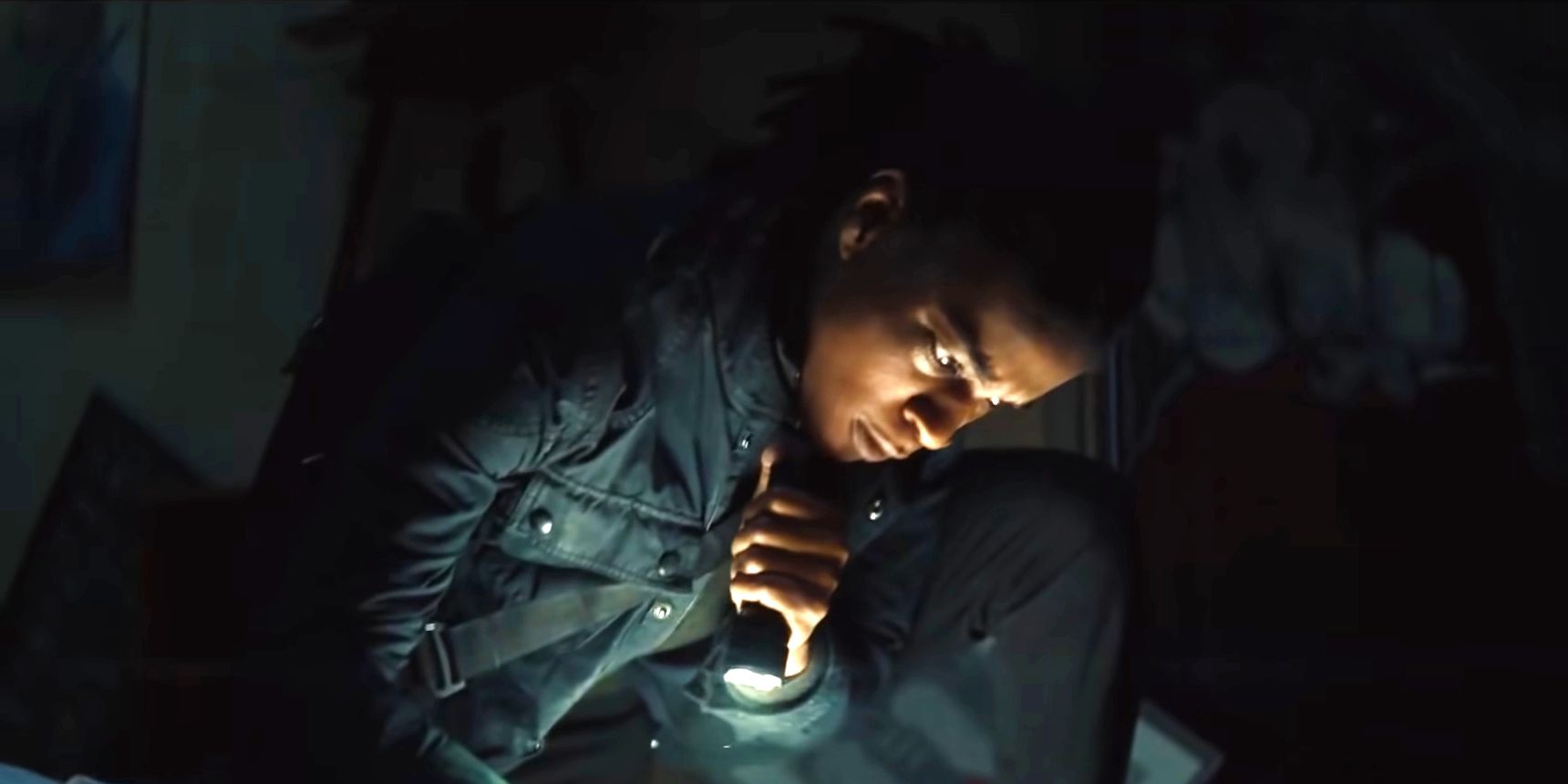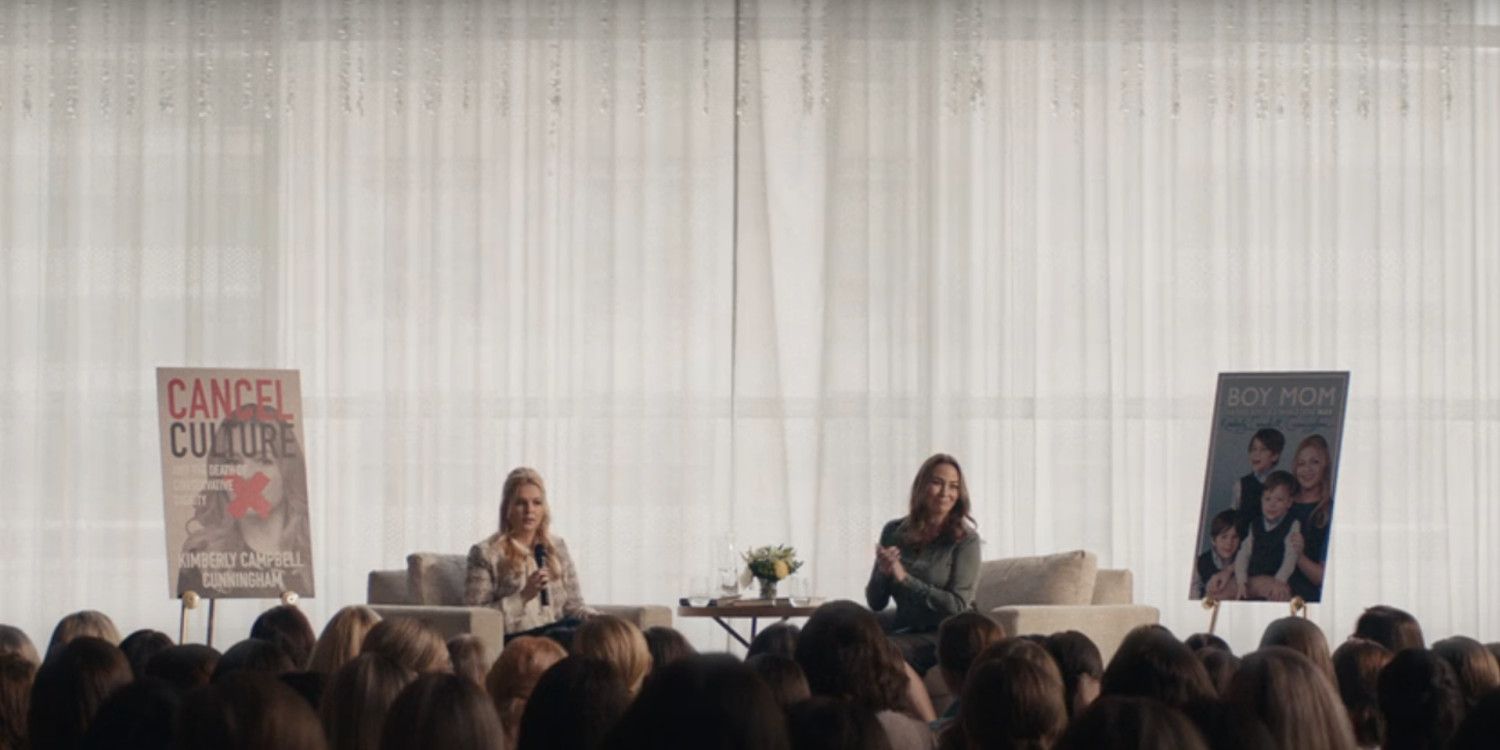Y: The Last Man showrunner Eliza Clark discusses how the show used the female gaze to handle its nudity and violence. The television series is an adaptation of the comic book series of the same name by Brian K. Vaughn and Pia Guerra, which ran from 2002-08. Y: The Last Man season 1 is currently releasing on FX on Hulu, with new episodes premiering every Monday.
The show's premise hinges on a sudden, unexplained apocalyptic event that killed every mammal with a Y chromosome, save the protagonist, Yorick Brown (Ben Schnetzer), and his pet monkey Ampersand. Y: The Last Man explores the world that emerges in the aftermath through not only Yorick's journeys, but also his mother Jennifer's (Diane Lane), the recently elevated US President tasked with building a new society. Clark's adaptation has notably revised several elements of the source material, with particular attention paid to the show's representation of gender and trans identity.
In an interview with Vulture, Clark discusses the very conscious approach she and her team took to the on-screen depictions of nudity and violence, which she saw as a key part of her overall mission for Y: The Last Man. She amassed a very women-led production team for the first time in her career, and they compiled a long list of films and series that could help inform their own style. The goal, Clark says, was to pursue the female gaze:
All of our directors were women, most of our department heads were women... We met once a week to talk about movies. We all made this list of things we thought would be helpful to dissect and talk about in terms of our show; it ran the gamut from Children of Men to I May Destroy You to Thelma and Louise. There are a hundred titles on that list, and we didn’t get to all of them but we wanted to make something that had a different point of view that is rooted in, for lack of a better term, the female gaze. We decided that meant point of view, subjectivity, and detail. We get very close to people’s faces, we see their sweat, we see the roots of their hair growing out. The way we approached violence and nudity was purposeful, born from character and story.
Clark goes on to discuss a specific scene from Y: The Last Man season 1 episode 6, in which a number of women, including Yorick's sister Hero (Olivia Thirlby), are bathing together. She says that the naked female form has been part of art for time immemorial, but most often represented from a male perspective, which she describes as "hungry." She and the episode's director, Destiny Ekaragha, were then tasked with devising a way to film the actors that was not only different, but made the viewer question how they were accustomed to seeing women's bodies on screen.
The question of the female gaze in cinema is a complex one, and Clark's comments offer fascinating insight into how it can be incorporated into one's creative process. For a show that intends to challenge viewers on their preconceived notions of gender, wanting to actively depart from conventionally male-driven strategies of representation certainly makes sense, and the Y: The Last Man team seems to have identified what they believe are the concrete stylistic features that constitute a female gaze. Judgment on whether Clark's show has actually achieved this effect in scenes with nudity and violence, however, is reserved for its audience.
Source: Vulture


